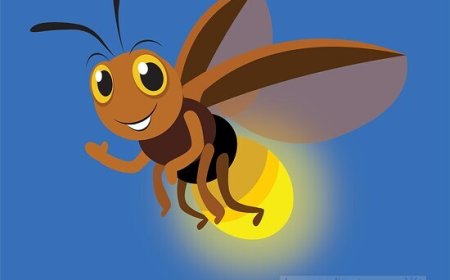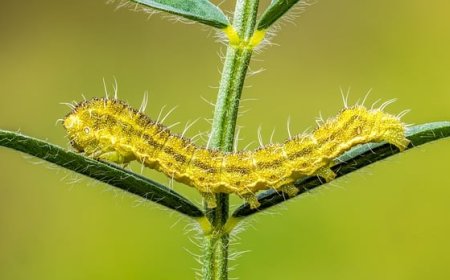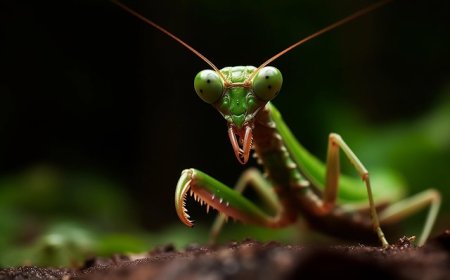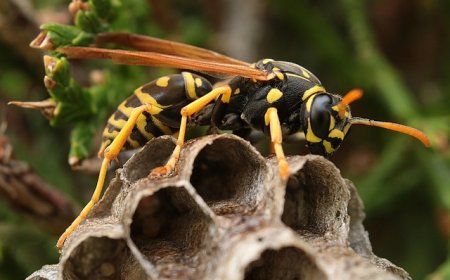Ants for Kids: Fascinating Facts, Life Cycle, and Importance of Ant Colonies
Discover amazing facts about ants in this kid-friendly guide. Learn how ants live, work, build nests, and help the environment.
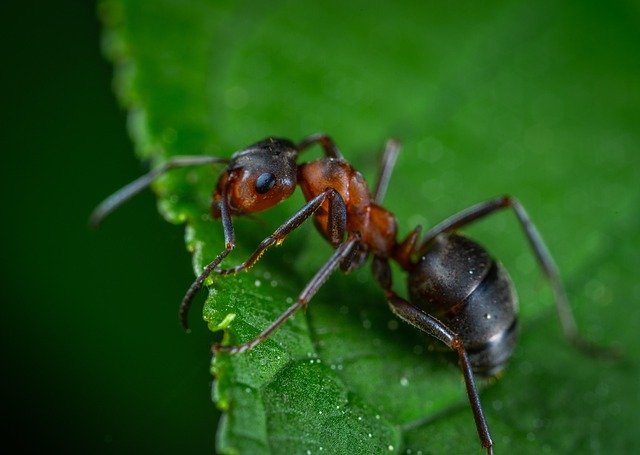
🐜 Ants: Tiny Insects with Giant Communities
🌼 Introduction
Ants are small insects that have an outsized impact on the world. They build underground cities, farm their own food, and work together in huge groups called colonies. You might see ants marching in lines on sidewalks, carrying crumbs many times their weight. While ants can sometimes be pests in homes, they are also important for healthy soil, recycling nutrients, and even protecting plants.
In this article, you’ll learn what ants are, how they live, how they work together, and why they’re one of nature’s most successful creatures.
🧬 Classification and Scientific Background
Ants belong to the insect order Hymenoptera, which also includes bees and wasps. Their scientific family is Formicidae.
- Kingdom: Animalia
- Phylum: Arthropoda
- Class: Insecta
- Order: Hymenoptera
- Family: Formicidae
Scientists believe ants evolved about 140 million years ago from ancient wasp-like ancestors. Today, there are over 14,000 known species of ants, and scientists think thousands more may still be undiscovered.
🐜 What Do Ants Look Like?
Ants have three main body parts:
- Head
- Two bent antennae
- Compound eyes
- Strong jaws called mandibles
- Thorax
- Where the six legs are attached
- Abdomen
- Contains the digestive organs and, in some ants, a stinger
Many ants are black, brown, or red, but some tropical ants are green or even metallic. Most ants are very small (only a few millimeters), but the largest species can be over an inch long.
🏠 Life Inside the Colony
Ants are social insects, meaning they live in organized colonies that can have thousands or even millions of members. Each ant has a special job.
The main groups are:
- Queen
- The largest ant in the colony
- Lays all the eggs
- Workers
- Female ants who do not reproduce
- Gather food, care for young, build and repair the nest, and protect the colony
- Males (Drones)
- Their only job is to mate with the queen
Interesting Fact: All worker ants are female!
🌿 Types of Ant Nests
Ants live in many kinds of nests:
- Underground tunnels: Some ant nests can go several feet deep.
- Mounds: Soil or sand piled over the nest entrance.
- Wood: Carpenter ants tunnel into wood.
- Plants: Weaver ants build nests by stitching leaves together.
Some ants even farm other insects or plants:
- Leafcutter ants: Cut leaves and grow fungus for food.
- Aphid-farming ants: Protect aphids and feed on their honeydew.
🍽️ What Do Ants Eat?
Ants have a varied diet, including:
- Seeds and grains
- Nectar
- Dead insects
- Fungi
- Sweets (like sugar and honey)
Army ants are fierce hunters that can overpower large insects and small animals. Fire ants can sting and bite animals or humans who disturb their nests.
🐣 The Ant Life Cycle
Ants go through complete metamorphosis:
- Egg
- The queen lays tiny white eggs.
- Larva
- The egg hatches into a legless larva that looks like a worm.
- Worker ants feed and clean the larva.
- Pupa
- The larva transforms into a pupa, sometimes inside a cocoon.
- Adult
- The adult ant emerges ready to work, care for young, or reproduce.
🌎 Why Are Ants Important?
Ants are incredibly helpful to ecosystems:
- Soil Aeration: Their tunnels help air and water reach plant roots.
- Decomposition: They break down dead plants and animals.
- Seed Dispersal: Some plants rely on ants to carry seeds.
- Pest Control: They hunt harmful insects.
🛡️ Do Ants Defend Themselves?
Yes! Different species have different defenses:
- Stingers: Fire ants inject venom that causes burning pain.
- Powerful jaws: Soldier ants can bite attackers.
- Chemical sprays: Some ants spray formic acid.
🌸 Super Colonies and Amazing Behavior
Some ants form super colonies stretching hundreds of miles. For example, the Argentine ant has one of the largest colonies in the world, covering parts of Europe and California.
Ants communicate using pheromones, chemical signals they leave on the ground. These help other ants follow trails to food or alert the colony to danger.
🧠 Fun Ant Facts
- Ants can lift objects 50 times their body weight.
- The queen ant can live up to 30 years in some species.
- Some ants protect trees by attacking insects that try to eat the leaves.
- Leafcutter ants farm fungus underground.
- Army ants are always on the move and never build permanent nests.
- The bullet ant has the most painful insect sting in the world.
📝 Kid-Friendly Summary
Ants are small insects that live in big colonies where each member has a job. They build nests underground, in trees, or in wood. Ants eat many kinds of food and help plants by moving seeds and turning soil. Even though they are tiny, ants are important to nature. Some ants can sting, so it’s smart to watch them without disturbing their nests.


















































